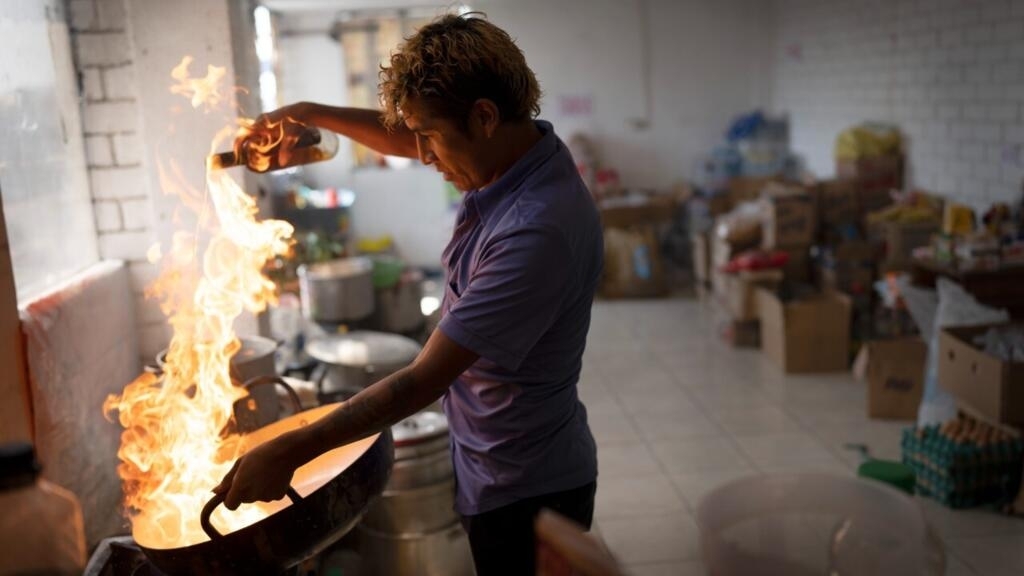First modification:
One year after the start of the war, the Latin American economies are still suffering the effects of rising prices and trade reconfiguration. Despite the fact that some countries benefited from the increase in the price of raw materials, the conflict hit the region on other, more sensitive fronts.
A year of fluctuations After the start of the war in Ukraine, commodity prices rebounded globally and the Latin American economies that sustain their growth from this took advantage of a brief streak that later slowed as the war spread.
Brazil was one of those economies that indirectly took advantage of the price increase and ended 2022 with records in its agricultural exports. 335,007 million dollars in total and in its trade surplus of 61,800 million dollars.
But not only agricultural, gas, coal and oil exports also grew. In Peru, sales of liquefied natural gas and oil increased by an average of 57.9% in 2022.
Brazil and Colombia increased their shipments of oil, whose price went from 90 to 138 dollars a barrel in the first months of the conflict. The state oil company Ecopetrol in Colombia was the most tangible example. The company shot up its net profit in the first nine months of 2022 by 150.1%.
Although it was not all good news. The increase in the prices of fertilizers, of which Russia and the Ukraine are important producers, caused a rise in prices that hit the pockets of Latin Americans even more.
Despite this, inflation is beginning to subside in most countries, although it remains high. The economic year of Latin America will be marked by what happens in the United States and Europe, important commercial partners of the region.
with EFE






![[Img #74664]](https://thelatestnews.world/wp-content/uploads/2024/12/James-Watson-The-controversial-genius-behind-the-double-helix-150x150.jpg)







